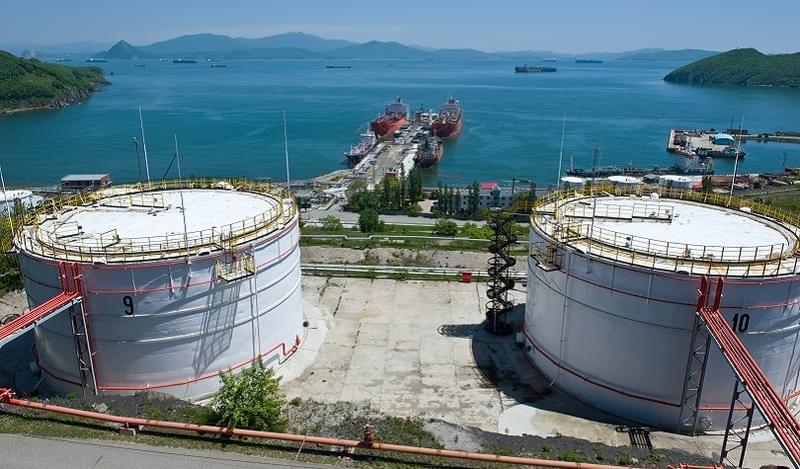Russia’s oil giant Rosneft has completed the book building for the 10-year RUB600bn local bond – the company’s first issuance in two years. The sale, which is expected to be finalized on Wednesday, is part of a wider RUB1.071tn rouble debt programme approved last month by the board of the company that is still under Western sanctions.
The bonds were being sold via open subscription, with the state-owned giant accepting preliminary bids between 1400 and 1430 GMT on Monday, but the company gave no further details except to say that the interest rate would be 10.1%.
This process was to a large extent mirroring Rosneft’s previous bond sale in 2014, when the company issued a RUB625bn bond, with book-building finalized within an hour and rate set at 11.9%.
In a separate statement the company also confirmed it plans to buy a stake of up to 35% in Egypt's offshore Shorouk concession from Italian oil giant Eni. According to Reuters, which cites sources close to the company, Rosneft’s board will also meet on Wednesday to discuss the details of the upcoming privatization.
Earlier this week Kremlin spokesman Dmitry Peskov dismissed reports that the Rosneft privatization, planned for December 15, may be delayed, saying the government expects to receive the buyback proceeds on the agreed date.
Market relief
While the company officially claims that the proceeds from the debt issuance will go towards funding projects abroad and refinancing current debt, most analysts are sceptical, expecting some of it to be used in the buyback privatization deal.
This version is reinforced by the current outlook of the company’s finances. According to Russia’s Kommersant newspaper, by end of Q32016 the company had sufficient liquidity at US$13bn, with further US$4.1 to be raised from selling its stakes in Vankorneft and the Taass-Yuryakh oil field.
The company, which spent RUB330bn (US$5.2bn) on last month’s privatization of its competitor, Bashneft, requires US$6.32bn to finalize stake purchase in Essar Oil and a further US$3.8bn for international debt refinancing.
This leads analysts to conclude that at least some of the proceeds will go towards the buyback of the company’s shares from the government as part of the privatization, which is expected to drive Rosneft’s debt to EBITDA ratio from 1.5 to 2.1.
Analysts expect the issuance to follow the scheme first used in 2014, whereby the bond is purchased by a syndicate of state-led banks that then will re-obtain the money from the Central Bank through its regular repo auctions, using the bonds as collateral.
Observers admit that the lack of transparency in the issuance is a cause for concern, but concluded that it will be largely met with relief by the market that sees it as a confirmation that the privatization will go ahead as planned. As the funds will be used in the domestic market – namely, purchasing Rosneft’s stake from the government, the impact on the rouble is expected to be limited.
“In 2014 Rosneft needed additional liquidity to refinance its existing debt,” said CEO of Arikapital Alexey Tretyakov, quoted by the newspaper. “In this case the proceeds will go towards buying out its own shares, so the impact on the FX market will be minimal.”
However, there are some concerns whether the emission of roubles by the Central Bank could undermine the local currency. The exchange rates are already beginning to reflect this: while crude price soared over the past week to 55 USD per barrel, having fallen below the 45 dollar mark in mid-November, the rouble, which is usually tied closely to oil, has remained stable at around the 63 per USD.
As of Tuesday afternoon, it was trading at 63.80 roubles per USD.





